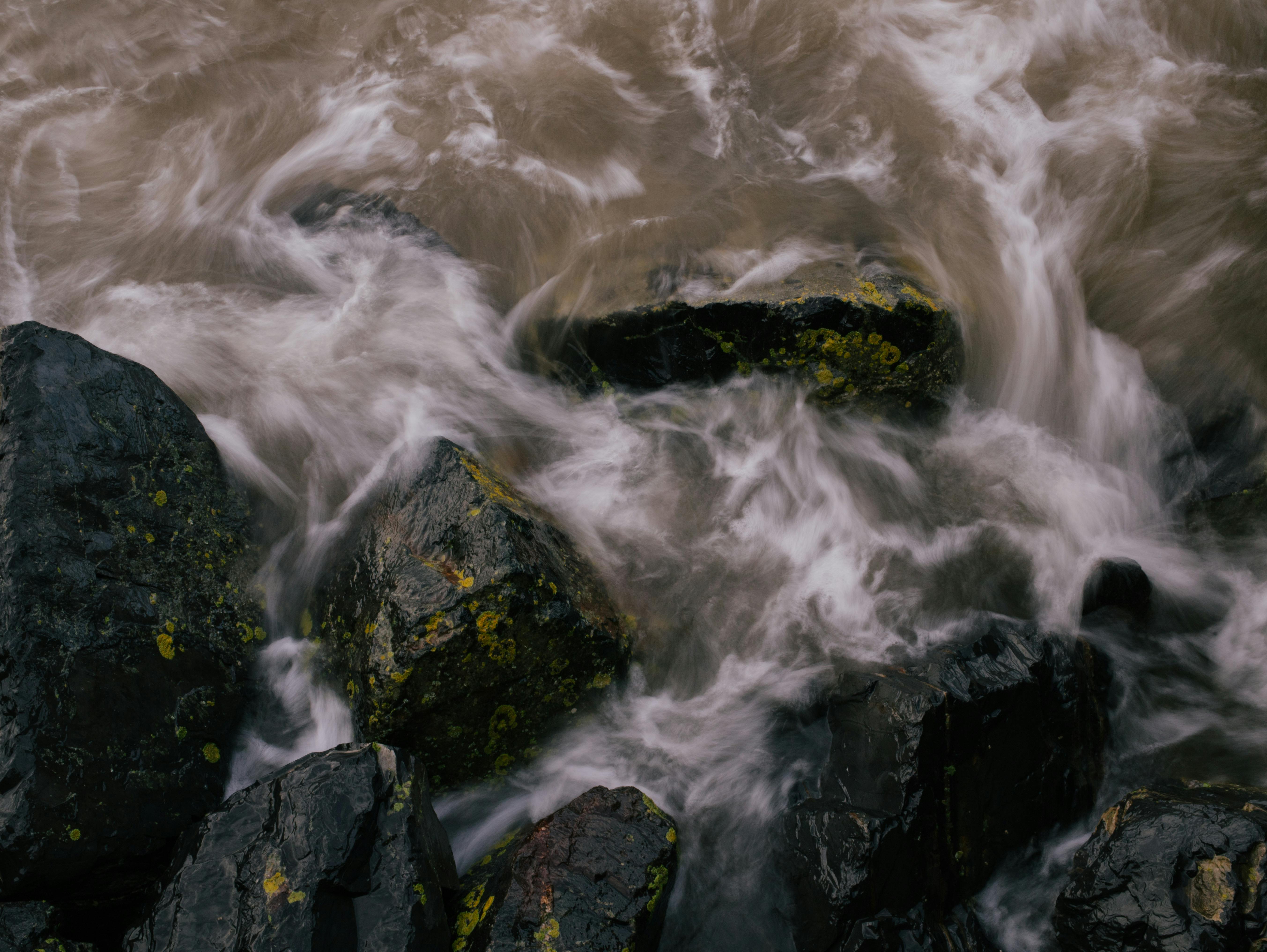Descaling a water heater is an important part of maintaining the efficiency and extending the life of your water heater. It is important to descale a water heater on a regular basis to prevent mineral build-up, which can lead to corrosion and other problems. In this guide, we will provide step-by-step instructions for how to descale a water heater safely and efficiently.To descale a water heater, you will need a descaling solution, such as vinegar or citric acid, a bucket, a brush or cloth to scrub the inside of the tank, and some gloves for protection.
Preparing the Water Heater for Descaler
It is important to properly prepare the water heater before using a descaler. This will help ensure that the descaler works effectively and will not damage the water heater. The following steps should be taken before applying the descaler:
1. Shut off all power to the water heater. This includes turning off any circuit breakers or switches that control it. If you are unsure how to do this, consult your owner’s manual or contact a professional for assistance.
2. Drain some of the water from the tank. This should be done until only a few inches of water remain in the bottom of the tank. Doing this will help prevent any corrosion or damage caused by too much descaler in one spot.
3. Flush out any sediment that has built up in the tank. This can be done by attaching a garden hose to a nearby faucet and running it through one of the pipes connected to your water heater tank until all debris is removed.
4. Once all debris has been removed, close all valves associated with your water heater and turn back on all power sources associated with it.
5. Add descaler according to manufacturer’s instructions and let it sit for at least 4 hours before flushing it out with fresh water and restarting your water heater.
By properly preparing your water heater before using a descaler, you can ensure that it will work effectively without causing damage to your appliance or plumbing system.
How To Drain The Water Heater For Descaler
Draining the water heater is a necessary step for descaling. This process should be done every few months, especially if you’re using hard water. If you don’t drain your water heater regularly, it can cause mineral buildup in the tank and reduce its efficiency. It’s important to know how to drain the water heater properly for descaling so that you can keep it running efficiently and reduce the risk of damage. Here are some steps for draining your water heater for descaling:
1. Turn off the power to the water heater. Make sure the power switch is turned off or unplugged before beginning any work on the unit.
2. Close all the hot-water taps in your home, and then turn off both hot- and cold-water supply valves at the heater.
3. Connect a garden hose to the drain valve at the bottom of the tank and then run it outside or into a drain. Make sure that there are no kinks in the hose that could impede flow.
4. Open a hot-water tap somewhere in your home to relieve any pressure built up in the system.
5. Open up both valves atthe bottom of your tank, allowing water to flow out of it.
6. Once all ofthe water has been drained fromthe tank, close both valves and disconnectthe garden hose from the drain valve.
7. Turn on both supply valves and open up all ofthe hot-water taps inyour home once again.
8. Turn onthe power switch or plug inyour unit again and allow it to fill up with fresh water before turning on again.
Following these steps will help you safely drain your water heater for descaling and ensure that it stays clean and running efficiently over time!
Step 1: Turn Off The Power
Before starting any descaling process, it is important to ensure that the power supply to the water heater is turned off. This will prevent any potential accidents or hazards while descaling. It is also important to understand the safety measures associated with descaling a water heater.
Step 2: Drain The Water
Once the power supply has been turned off, it is then important to drain the water from the tank of the water heater. This can be done either manually by turning off the shutoff valve and draining out all of the water, or by using a garden hose connected to the drain valve of the water heater.
Step 3: Prepare The Descaler Solution
The next step in descaling a water heater is to prepare a descaler solution. To do this, mix an appropriate amount of chemical descaler with hot or warm water in a bucket or container. Depending on how hard your local tap water is, you may need to adjust the ratio of chemicals and hot water for optimal results.
Step 4: Apply The Descaler Solution To The Tank
Once you have prepared your descaler solution, you can now begin applying it to your tank’s interior surfaces. Start by pouring some of the solution into your tank and then use a brush to scrub away any scale deposits that have built up on its interior walls. Make sure to get into all of those hard-to-reach places as well!
Step 5: Let It Sit For Several Hours
Once you have applied your descaler solution and brushed away all scale deposits, it is then important to let it sit for several hours so that it can properly penetrate and break down any remaining deposits within your tank’s interior walls. After several hours have passed, you can then flush out all of the leftover solution from your tank and begin refilling it with fresh water.
<h3Step 6: Perform A Final Flush
The last step in completing this process is to perform one final flush of your tank before turning its power back on. This will help ensure that no remaining scale deposits remain inside and that all traces of chemical residue are removed as well. Once this has been done, you can turn on its power again and enjoy clean-tasting hot water!
Step 1: Prepare the Vinegar Solution
Start by measuring out a gallon of white vinegar and pour it into a large pot or container. Make sure the container is big enough to accommodate the entire gallon. You can also add a few drops of lemon juice or citric acid to the vinegar for extra cleaning power, if desired. Once the solution is prepared, set it aside for later use.
Step 2: Drain the Water Heater
Before you can descale the water heater, you need to drain all of the water from it. To do this, locate the drain valve at the bottom of your water heater and attach a garden hose to it. Turn on the cold-water supply valve on top of your water heater and allow all of the hot water to begin draining out. Make sure you have a bucket or other container nearby to catch any overflow.
Step 3: Add Vinegar Solution
Once all of the hot water has been drained from your water heater, turn off both valves and remove the garden hose. Carefully pour in your vinegar solution (or citric acid/lemon juice mixture) until it completely fills up your tank. It’s important that you use enough vinegar solution so that it reaches every area in your tank.
Step 4: Wait For Descaler To Work
Allow your vinegar solution to sit in your tank for at least two hours. This will give it time to work its way through all of the mineral deposits and help break them down. After two hours have passed, turn on both valves again and use a garden hose to flush out all of the descaler from your tank.
Step 5: Refill The Tank With Fresh Water
Finally, refill your tank with fresh, cold water and turn on both valves again. Allow all of this fresh water to run through before turning off both valves again. You should now have successfully descaled your water heater with vinegar!

Step 1: Prepare the Lime Away
Before you begin the descaling process, you need to prepare the Lime Away solution. This can be done by mixing one part of Lime Away with five parts of warm water. Stir the mixture until it is thoroughly combined. Once it is ready, pour it into a bucket and keep it aside for use later.
Step 2: Turn off the Power Supply
Before starting the descaling process, you need to turn off the power supply to your water heater. This is important to ensure your safety while performing this task. Once you have turned off the power supply, wait a few minutes before proceeding ahead.
Step 3: Drain Out the Water
Once you have turned off the power supply, you need to drain out all of the water from your water heater tank. To do this, simply attach a hose to the drain valve and open it until all of the water has been drained out completely. Make sure that you have a large container ready to collect all of this water as it drains out.
Step 4: Apply The Lime Away Solution
Now that all of the water has been drained out from your water heater tank, it is time to apply the Lime Away solution that you prepared earlier in Step 1. Start by pouring some of this solution into your tank and then use a brush or sponge to scrub away any hard deposits that may be present on its surface or walls. Keep applying and scrubbing until all such deposits are cleared.
Step 5: Flush Out The Solution
When all hard deposits are cleared away from your tank’s surface and walls, flush out any remaining solution with clean cold water by attaching a hose to your tank’s drain valve again and running cold water through it until there are no traces of Lime Away left in your tank.
Step 6: Refill With Fresh Water
Finally, once all traces of Lime Away have been flushed out from your tank, refill it with fresh cold water from a hose or tap and turn on its power supply again so that it can start functioning normally once more.
How Often You Should Descale A Water Heater
Descaling your water heater is an important part of regular maintenance that can help to extend its life and keep it running efficiently. Depending on the type of water you have and the environment where you live, descaling should be done at least once a year. It’s best to check with your local water authority for specific recommendations on how often you should descale your water heater.
The process of descaling involves removing hard water deposits from the inside of your tank, which can be done by flushing the tank with a special cleaning solution. This helps to keep your system clean and free from build-up, which can reduce energy efficiency and cause damage to the tank if left unchecked.
It’s important to use high-quality descaler products for this job so you can be sure that any build-up or sediment is completely removed. If you’re unsure about what products are best for your appliance, check with a qualified professional who can recommend the most suitable descaler for your particular model.
When descaling your water heater, it’s important to follow safety instructions closely and wear protective gear such as gloves and eye protection. It’s also a good idea to turn off the power supply before beginning work, as this will help to prevent any accidents or damage occurring during the process.
Descaling your water heater regularly is an important part of keeping it in good working order. Doing this at least once a year will help ensure that it runs efficiently and safely for many years to come.
Maintaining Your Water Heater After Descaler Application
Descaling your water heater is an important part of taking care of your appliance. After the descaler is applied, it is essential to maintain the water heater in order to ensure that it continues to provide hot water for your home. Here are some tips on maintaining your water heater after a descaler application:
Make sure that the descaler has been completely removed from the system before use. The manufacturer instructions should be followed closely when using a descaler. After the solution has been applied, make sure to flush out any remaining residue from the system. This will help to ensure that no damage is done to the tank or pipes due to corrosive substances leftover from the descaling process.
Check for leaks and other signs of wear and tear on the water heater regularly. If any issues are found, take steps immediately to repair them before further damage can occur. Additionally, inspect all hoses and connections for proper fit and operation each month.
Check the temperature pressure relief (TPR) valve regularly for proper functioning. This valve must be working properly in order for your system to operate safely and efficiently. If it is not working correctly, contact a professional plumber immediately for assistance with repairs or replacement of this important safety component.
Be sure to install a sediment filter on your incoming water line if there are hard minerals in your water supply. This will help protect against scale buildup in your tank which can damage components over time if left unchecked. Change out these filters regularly according to manufacturer instructions or as needed based on flow rate restrictions or other indicators of a clogged filter media element.
Finally, consider investing in a whole-home water filtration system if you have hard minerals in your supply or if you live in an area with high levels of chlorine or chloramines in public drinking supplies. Whole-home systems can provide better protection against scale buildup than sediment filters alone and are worth considering as an additional layer of protection against mineral buildup on internal tank components and hot water pipes over time.

Conclusion
Descaling a water heater can be a simple and straightforward task if you are familiar with the process. It is essential to take the necessary safety precautions and follow the manufacturer’s instructions when descaling your water heater. With the right supplies, you can easily remove mineral deposits that have built up over time and improve efficiency of your water heater. By following these steps, you can ensure that your water heater is working at its best and providing hot water for your household.
Additionally, it is important to check your owner’s manual for specific instructions on descaling and to consider scheduling regular maintenance visits from a professional to help guarantee the long-term performance of your hot water heater. With proper maintenance, you can enjoy efficient performance of your hot water system for many years to come.

